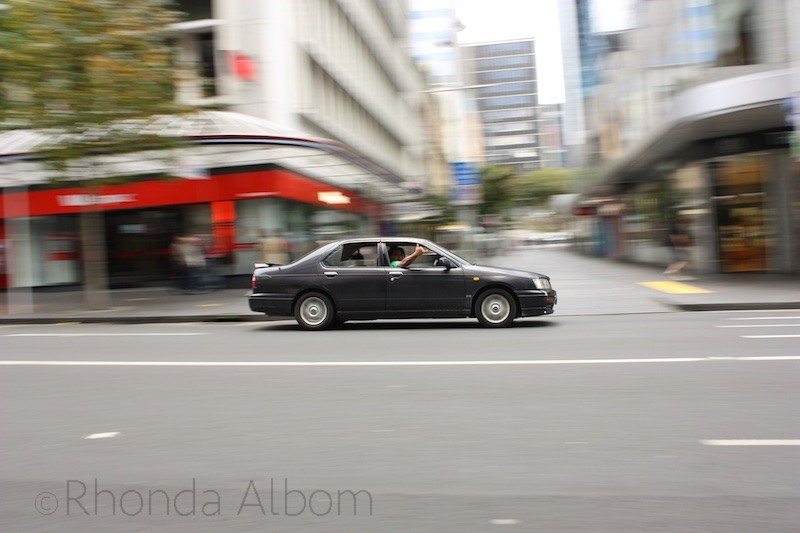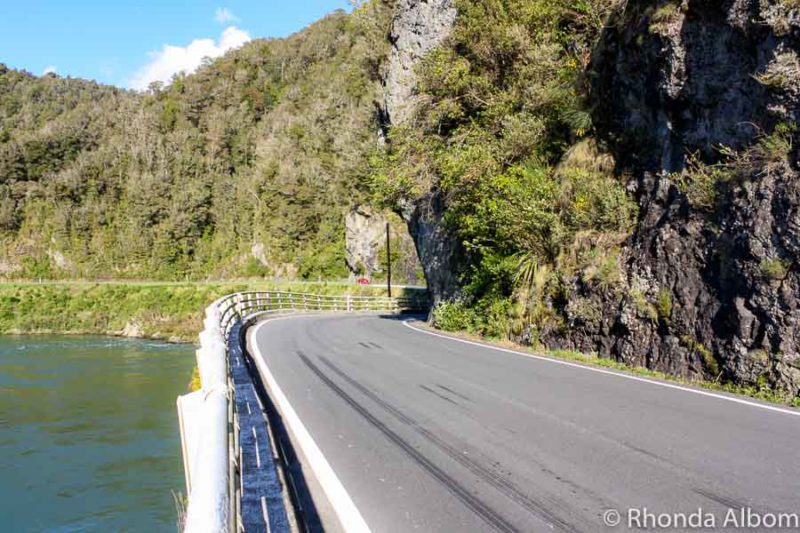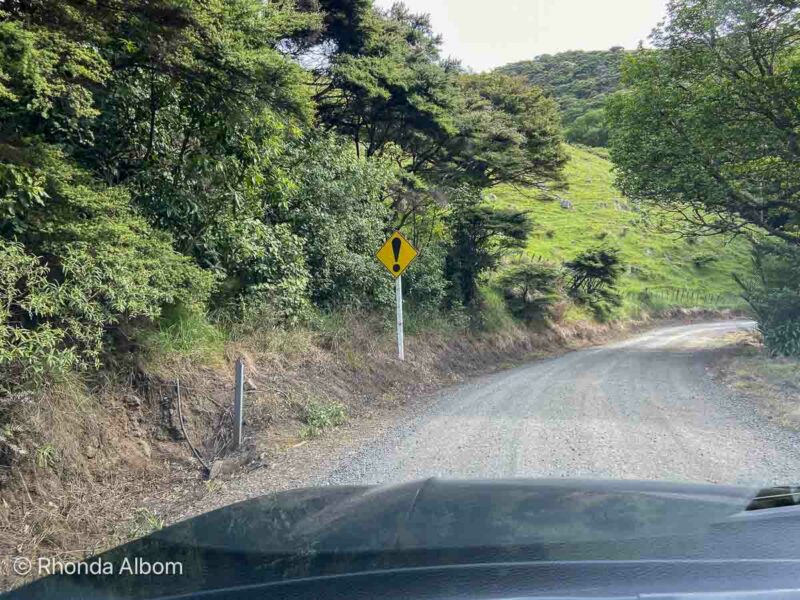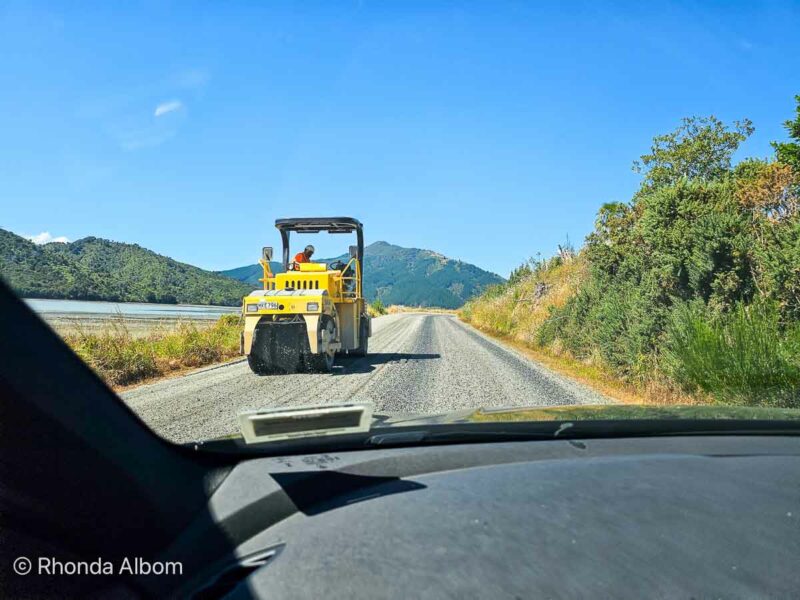New Zealand begs for road trips. The cities are great, but the real magic happens when we travel between them. We usually take our own car, but not always. Sometimes we fly to a different city and find ourselves renting a car in New Zealand.
The process is simple, and we have the advantage of already knowing the driving rules and being familiar with NZ roads. However, if you are coming from overseas, there are plenty of things you will want to know before renting a car in NZ.
Therefore, we pulled together this guide.
Quick look: NZ planning tools
Rental vehicles: auto: Discover Cars
Alternate vehicles: motorcycles: Bikes Booking, motorhomes: Star RV or smaller campervans: Jucy
Accommodations: Booking.com or for budget check Hostel World
See our favourite upscale options here: Where to Stay in New Zealand
Travel insurance: Visitors Coverage
International debit card: Wise card

What type of vehicle should I rent?
We know campervans and motorhomes are popular here, but we prefer to drive a car and stay in hotels. And we do this on all our favourite NZ road trips.
Cars can go just about everywhere and are in our comfort zone. Best of all, someone else does the bed-making, cleaning, and cooking. Another bonus is lower driving costs for petrol, ferry crossings, and one-way drop-off fees.
We start our search for cars at Discover Cars, as they offer a full range of cars plus SUVs, vans, and electric vehicles.
- Campervans are similar in size to commercial vans. They sleep two, include a kitchenette, and some are self-contained with a chemical toilet.
- Motorhomes are larger, more spacious, fully self-contained vehicles that sleep 2 to 6 people. They have a kitchen, a private toilet, and usually a shower.
If you are thinking about a campervan or Motorhome, start here:
Renting a Campervan in New Zealand: What You Need to Know
What you need before renting a car in New Zealand

While renting a car in NZ is pretty easy, there are a few things you need:
- Age requirements
Ideally, you need to be 25, but some companies will charge a premium for younger drivers who fall between 21 and 25, and even fewer will allow 18-year-olds to drive. - Driver’s license
You will need a full and unrestricted driver’s licence for the type of vehicle you are hiring. And in most cases, you will need to have had that licence for the past 12 months. If your overseas license is not in English, you will need either an official translation or an international driving permit. - Credit card
Typically, a credit card in the primary driver’s name is required. - Security deposit
In most cases, a security deposit (bond) equal to the insurance excess (deductible) will be held on the card before you can take the car. They will release the hold when the vehicle is returned in good condition, and depending on your agreement, with a full tank of gas. - Insurance
Your rental should have basic insurance, but if you want to be protected against damage to others, or to have a zero or lower excess, you might want more. Before you purchase a special policy, see if your current auto or travel insurance covers driving in NZ, and if not, check to see if your credit card covers you. If not, we always tack it on when we get a car through Discover Cars. - Child restraints
All children must be correctly secured in an approved child restraint until their 7th birthday, and if one is available in the car, until their 8th birthday. Don’t take my word (or any other bloggers’) for this, as laws could have changed since I wrote it; always check the rules at the official site.
Terms to know when driving or renting a car in NZ
If you are visiting from outside the Commonwealth, here are a few terms you should know. (If you’re born in New Zealand or anywhere in the Commonwealth, skip this section.) As an American born Kiwi, these are a few of the words I had to learn:
- Hire means to rent.
- Petrol is gasoline.
- Insurance excess is the deductible, the portion of any damage that you will be responsible for paying.
- Bond is a security deposit.
- Give way means yield.
- Flush median means that the centre lane is functioning as a median, even though it is flush against the ground.
How to rent a car in New Zealand

Unless you are using your own vehicle, you will need to hire a car. Discover Cars is an aggregator that offers a comprehensive list of multinational and local rental car agents, ratings on specific car types, and agency ratings. Importantly, they often have lower prices than going direct.
Whether you rent from them or not, it’s still the perfect place to begin your search. Plus, if anything goes wrong, there is one central point of contact. Start your search or reserve your rental car here.
Questions to help you choose the rental vehicle that is right for you
- What’s included?
- Are there added fees?
- Are there restrictions on where I can drive? (often leaving paved roads roads is prohibited)
- Can I take the car on the ferry to the other island?
- Does the company provide 24-hour phone and/or roadside assistance?
- Does my personal or travel insurance cover the vehicle?
What you need to know about driving in New Zealand

- In New Zealand, vehicles drive on the left side of the road and the steering wheel is on the right. The transition is easy for most people, although driving requires a higher level of concentration. Check the NZTA for driving tips for overseas visitors.
- New Zealand motorways are generally in excellent condition. However, some rural roads are unpaved.
- Speed limits tend to be slower than in other developed countries. Also, be aware that Kiwis drive somewhat aggressively and, as a population, tend to drive too close to the following vehicle.
- NZ has plenty of narrow, windy roads, much narrower than the country I grew up in.
Tips for saving money when renting a car in NZ
One of the first things people often say when they plan a trip to New Zealand is that renting a car here is expensive. And compared to many other places we have been, it is expensive, but there are a few tips to save some money.
1. Don’t hire a car in peak season
Rental car prices fluctuate greatly by season. December and January are peak months, with the highest prices. In contrast, March, April, October, and November usually have pleasant weather and are much cheaper for the same rental.
2. Rent a smaller vehicle
Keep in mind that New Zealand roads are narrower than you may be used to, and it’s the same for parking lot spots in major cities. Add that to the fact that the bigger cars almost always cost more than the smaller ones.
If your first thought is “but my luggage won’t fit in a small car,” it’s time to bring less. I am one of those people who stay in luxury accommodations, yet I travel with only a carry-on. It can be done. To help you, we offer a free packing light for New Zealand checklist when you sign up for our mailing list.
3. Pick up and drop off in the same location
Most of the larger rental companies will allow you to pick up at one location and drop off at another. You pay a big premium for this.
4. Check for one-way relocation deals
Hiring a vehicle in Auckland and returning it on the South Island is the most popular tourist travel direction. As a result, you will often pay quite a high drop-off fee. You can often get a vehicle cheaper (or sometimes free) if you can travel the other direction. In essence, you are returning the vehicle from the South Island, usually to Auckland.
While not often advertised, these opportunities are most prevalent in peak season. Restrictions apply, so be sure to know the rules.
Relocation and other money-saving companies recommended by Explore New Zealand members :
Imoova.com – often great relocation deals here, specifically for campervans and cars being driven back to Auckland. Their inventory changes frequently, so it’s often a good idea to check back as summer approaches.
Transfercar offers free one-way rental cars and campervans between specific cities and on specified dates.
A few final tips for renting a car in NZ

- Don’t forget to book your ferry crossing in advance, especially if you are travelling in peak season. The two ferries that can take vehicles are Interislander and Bluebridge.
- We always take photos of our car inspection, and when there is existing damage, we try to be sure there is something identifiable (like the agent if he is there) in the background to show the damage was there on pick up.
- Several mountain passes and low roads are prone to slips or flooding after wet weather. Always check with NZTA for road closures before you head out for the day. And, carry snow chains if you might need them.
- If you drive on one of our few toll roads, you will be responsible for paying the toll. Currently, there are only three: Northern Gateway (Silverdale to Pūhoi, Tauranga Eastern Link Toll Road (Pāpāmoa to Paengaroa), and Takitimi Drive (bypasses Tauranga). The pay options are all on the official NZ Transport Agency site.
- Drive times are nearly always longer than expected or than predicted by Google Maps. It just takes one slow car on a single-lane road or some road construction to slow everyone down.
- Download maps for areas that may not have Wifi coverage.
- Read the fine print and know what is and isn’t allowed in your rental deal.
- Know New Zealand’s driving rules.
Read next: Getting Around New Zealand: Local Intel on Travel & Booking
Take the Tiaki Promise
Taiki means to care for people and place. The Tiaki Promise is a commitment to care for New Zealand, now and for future generations.
By following the Tiaki Promise, you are committing to New Zealand to act as a guardian, protecting and preserving our home. It is all our responsibility. This video explains it well.

Leave a Reply